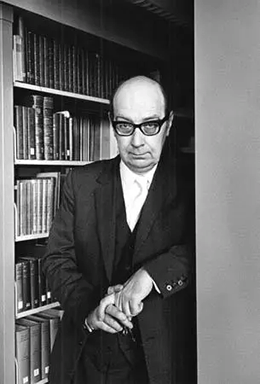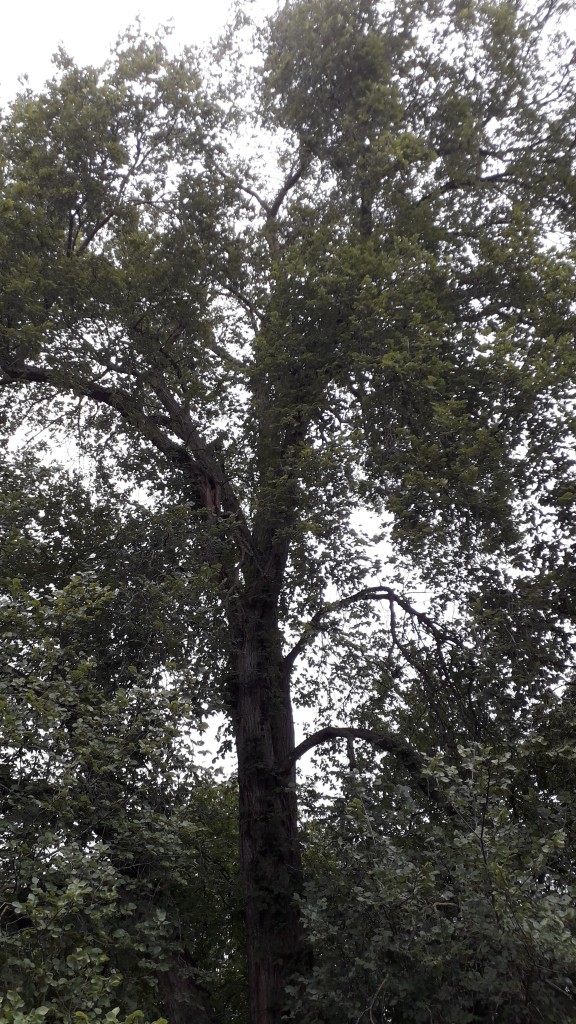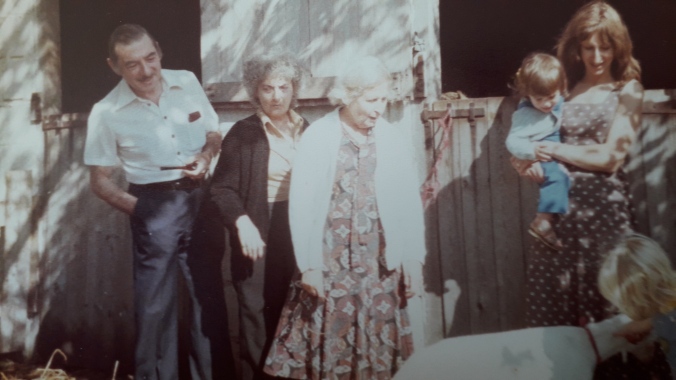This splendid documentary was released in 2019 on what would have been Seamus Heaney’s eightieth year. It was repeated on BBC4 last St Patrick’s Day. For various reasons, I’ve had a hiatus from Heaney’s work since reading Stepping Stones, a book of interviews with another late Irish poet, Dennis O’ Driscoll, considered his unofficial autobiography. (The writer Fintan O’Toole is said to be working on an authorised life of the poet). Heaney is never far from my mind, though, and this seemed like the perfect invitation back into the world of his work.
The documentary opens with his daughter, Catherine, talking about his death and in that sense is structured like a traditional obituary. She recounts that his final text to her mother (his wife, Marie), ended, Noli Timere. Don’t be afraid (a Latin phrase that comes down to us as a kind of refrain in the Gospels). It’s now painted in huge letters on a gable-end wall in Dublin.
This programme achieves a sense of closeness with the poet, and therefore a sense of loss, largely through interviews with his loved ones. As well as his immediate family, three of his brothers appear, as do his friends, Michael and Edna Longley, and his protege, Paul Muldoon. Each poem starts with someone close to him reading, and merges into sound recordings of the poet himself, which both lifts the poems and creates a sense of Heaney as a kind of revanent, haunting the living – a theme which runs through his own late work. An exception is the short poem, ‘Song’ where old footage from the 1970s shows Heaney introducing the poem’s origins in Irish mythology, then reciting the poem which ends, “And that moment when the bird sings very close/ To the music of what happens.” Later, Helen Vendler, his friend and Harvard scholar Emerita, explains that it serves as a manifesto of sorts for his work as a whole: a capsule or miniature.
The documentary then follows the contours of his life, his widow reading an early love poem, ‘Tate’s Avenue’, which locates their relationship in pre-Troubles (“locked-park Sunday”) Belfast; then back in time: his youngest brother Dan Heaney reads from a late poem, ‘Out of the Bag’ in which the child Seamus takes literally the story his mother tells him that the family doctor brings his brothers and sisters. He imagines them being carried in in doctor Kerlin’s leather bag. One of his most famous poems ‘Digging’ follows, then the wonderful ‘Mossbaun: Sunlight’ in dedication to his aunt Mary, about her baking bread, which his brother Charlie names his favourite poem: “Here is love/ like a tinsmith’s scoop,” it ends, “sunk past its gleam/ in the meal bin.” This is followed by ‘Midterm Break’, about the tragedy of his four year old brother Christopher dying in a road accident in the early 1950s. “You don’t forget things like that,” Charlie Heaney recalls.
The programme then moves to his Belfast years, meeting his wife, Marie, and friend, Michael Longley. She reads ‘Twice Shy’ (an early love poem); he ‘Personal Helicon’, dedicated to Longley, who recalls going on civil rights marches with the Heaneys who he says were their first Catholic friends. He describes the first five years of the Troubles (1968-72) as “almost unendurable to remember.” Marie Heaney tells a similar story; Belfast really was in flames, she says. It was at the end of this period, in 1972, that the Heaneys moved from the city to Glanmore Cottage in County Wicklow, which became for Heaney what Dove Cottage in Cumbria was to Wordsworth. Old footage runs of Heaney’s television work in 1970s in which he describes the place as “an elemental power-point plugged into the landscape”. It is clear that he is also describing his own relationship with Glanmore Cottage. Marie Heaney reads from ‘Glanmore Sonnets: III’, in which he sets them up as ‘Dorothy and William’, and “She interrupts:/ You’re not going to compare us to…?”, keeping him grounded, or as he might have said himself, ‘earthed’.
There is still debate about why the Heaneys left the North. They are on record saying that they were looking for a place in Northern Ireland when they were offered Glanmore by Ann Saddlemyer for a peppercorn rent (she later sold them the place). Probably the reasons were mixed. Their oldest son, Michael Heaney comments that “a four year-old and a six-year old had registered that the place was going to hell in a handcart”. My feeling is that Heaney needed the distance to really start writing about the North with his characteristic humane, but clear-eyed precision. His landmark collection, North was published in 1975. Paul Muldoon reads ‘Punishment’, and Marie Heaney, ‘Exposure’, which she describes as one of his most important poems. A poem about his leaving the north, in which there’s a brilliant flash of self-portraiture, “an inner-emigre, grown long-haired/ And thoughtful; a wood-kern escaped from the massacre.” The director, Adam Low (or perhaps his editor), expertly synchronises images from the troubles with the lines of the poem, so that “feeling/ Every wind that blows” and “blowing up these sparks” accompanies documentary footage of a huge car bomb exploding, or “what is said behind backs” is matched with small children throwing stones at soldiers on patrol.
The section on the Troubles ends with Heaney’s elegy for his second cousin, Collum McCartney, killed returning from a football game in the Republic. Night-time shots of the border roads segue into those of Cambridge, Massachusetts to cover Heaney’s years at Harvard. Two prominent African-American poets, Kevin Young and Tracy K. Smith talk about his influence on their work and read a poem each, ‘The Skunk’ and ‘Alphabets’. If this film has shortcomings, it would be difficult to name them without descending into quibbling. If anything, it would have been nice to have seen a longer film, but then this would change the shape and rhythm of the piece. There is nothing on his translations, but then the film is essentially a personal one by those who knew and loved him, and it’s more affecting for it. There’s a good balance of the personal lyrics and more public poems, although there is plenty of evidence for Heaney’s vocation, “when I do write something,/…I’ll be writing for myself” (‘The Flight Path’).
There are gifts to be gathered that sometimes seem to have a life of their own beyond the poems. The apprehension that opens his poem ‘Wedding Day’, “I am afraid”, becomes his exhortation, noli timere: don’t be afraid. The tragedy of his cousin Collum McCartney returning from a football match becomes transposed into a standing ovation at the all-Ireland final at Croke Park on 1st September 2013. “I can think of no other country where a football crowd will have a minute’s silence and cheer a poet,” his wife says. A poet born fit for it.
I have previously written on Heaney here:
Known and Strange Things: Two poems by SH: https://wordpress.com/post/benedictgilbert.com/703
Exposure: the personal and collective voice in SH’s poetry: https://wordpress.com/page/benedictgilbert.com/350
The Translations of Seamus Heaney, edited by Marco Sonzogni is out in hardback (Faber, 2022)
© Benedict Gilbert 2023






















